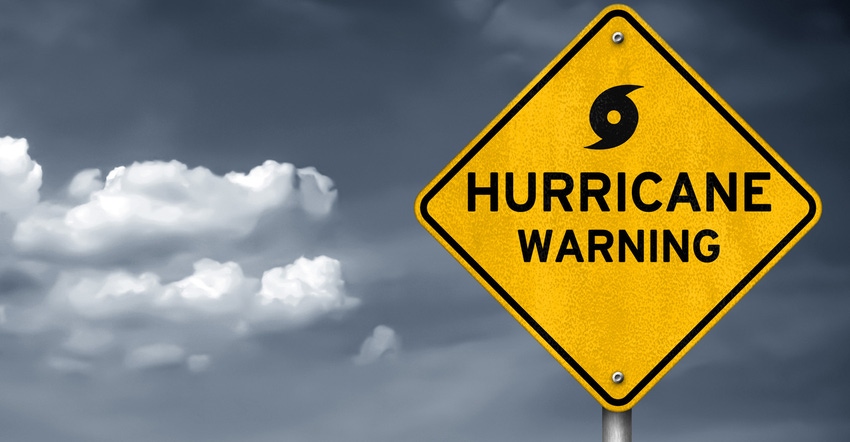
When it comes to weather, no one can say with certainty when or where it might develop or strike. Even with the most sophisticated weather early alert and tracking systems in place, weather can change in a heartbeat.
But forecasters at the National Hurricane Center in Florida are cautiously warning that the somewhat quiet Atlantic tropical season experienced in the first half of the hurricane season is in the process of a serious change.
As of this writing (late Monday, Sept. 10), three hurricanes are churning in the Atlantic waters. A fourth potential tropical system is trying to form in the Caribbean off the Yucatan coast, just south of Cuba, and a fifth low pressure system is barreling across West Africa and expected to enter the eastern Atlantic in the hours or days ahead.
See, The pain of loss is hard to shake
Forecasters at the National Hurricane Center are expressing confidence that Hurricane Florence, a Category 3 storm, will continue to strengthen and approach the U.S. East Coast later this week, most likely landfalling on the South Carolina, North Carolina and the Virginia coast as early as Wednesday night and into Thursday.
Hurricane Isaac and Hurricane Helene, both Category 1 storms at this writing, are located between the African coast and the Lower Antilles along and near the 20th parallel, an area commonly referred to as Hurricane alley. Both storms are currently forecast to continue a westward track in the days ahead and could impact U.S. soil.
In addition, a weak tropical disturbance in the Caribbean is expected to strengthen and is forecast to move into warmer Gulf waters in the next 48-72 hours and could become a tropical depression or tropical storm this week with the potential of developing in the Gulf of Mexico in the days ahead. Early projected tracking indicates the system could make landfall somewhere on the south or central Texas coast by the weekend or early next week.
See, Remembering Harvey
To further muddy the waters, two tropical systems have developed in the western Pacific. Hurricane Olivia, currently a Category 3 system, could impact Hawaii in the hours ahead while Tropical Storm Paul is located off the western coast of Mexico, but is expected to weaken over the next 24 hours.
In total, current tropical systems in the Atlantic and Pacific combined number five organized storms with the potential of additional storm development in the days ahead.
Of greatest concern at present is the potential impact of Hurricane Florence on the U.S. East Coast, which is expected to strengthen to a Category 4 storm in the next 24-36 hours. Forecasters say the system could weaken slightly before making landfall on the U.S. East coast by late Thursday or into Friday.
See, Farmers in Hurricane Florence’s path race to cushion the blow
Forecasters are warning Florence could landfall on the U.S. coast with sustained winds of 145 mph or greater. Evacuations have already been ordered in parts of both South and North Carolina coastal areas. North Carolina Governor Roy Cooper is warning coastal residents to prepare for “a serious and potentially devastating storm” by late Wednesday.
The governors of all three states have already alerted National Guard units to be available to assist in evacuations and rescue operations as they become necessary.
South Carolina, North Carolina and Virginia have declared states of emergency, and residents are stocking up on essential supplies. The Federal Emergency Management Administration is mobilizing early response teams to the Carolinas including the delivery of emergency supplies in anticipation of Hurricane Florence’s landfall.
Hurricane Florence would be the first category four storm to hit the region since Hugo ravaged North Carolina in 1989, wreaking $7 billion in damage and claiming 49 lives.
“There is an increasing risk of life-threatening impacts from Florence [from the] storm surge at the coast, freshwater flooding from a prolonged and exceptionally heavy rainfall event inland, and damaging hurricane-force winds,” reported officials at the National Hurricane Center on Monday.
“Somebody is going to suffer devastating damage if this storm continues as it is currently forecast,” said National Weather Service South Carolina forecaster Dan Miller in a published release Monday.
In North Carolina, Governor Roy Cooper waived agricultural transportation restrictions in an effort to allow farmers to move goods more quickly ahead of the storm.
“During harvest, time is of the essence. Action today can avoid losses due to Florence,” Cooper warned.
About the Author(s)
You May Also Like






